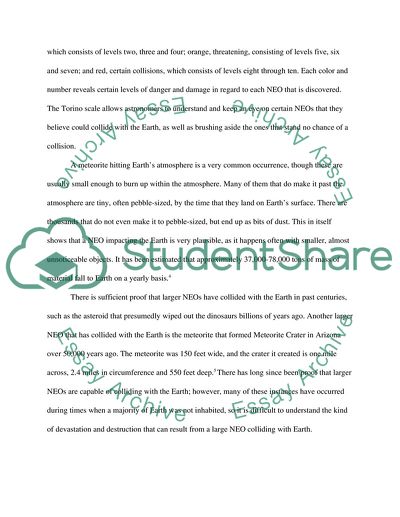Cite this document
(“Possible Impacts of NEOs with Earth Research Paper”, n.d.)
Possible Impacts of NEOs with Earth Research Paper. Retrieved from https://studentshare.org/environmental-studies/1735840-possible-impacts-of-near-earth-objects-neo-with-the-earth
Possible Impacts of NEOs with Earth Research Paper. Retrieved from https://studentshare.org/environmental-studies/1735840-possible-impacts-of-near-earth-objects-neo-with-the-earth
(Possible Impacts of NEOs With Earth Research Paper)
Possible Impacts of NEOs With Earth Research Paper. https://studentshare.org/environmental-studies/1735840-possible-impacts-of-near-earth-objects-neo-with-the-earth.
Possible Impacts of NEOs With Earth Research Paper. https://studentshare.org/environmental-studies/1735840-possible-impacts-of-near-earth-objects-neo-with-the-earth.
“Possible Impacts of NEOs With Earth Research Paper”, n.d. https://studentshare.org/environmental-studies/1735840-possible-impacts-of-near-earth-objects-neo-with-the-earth.


